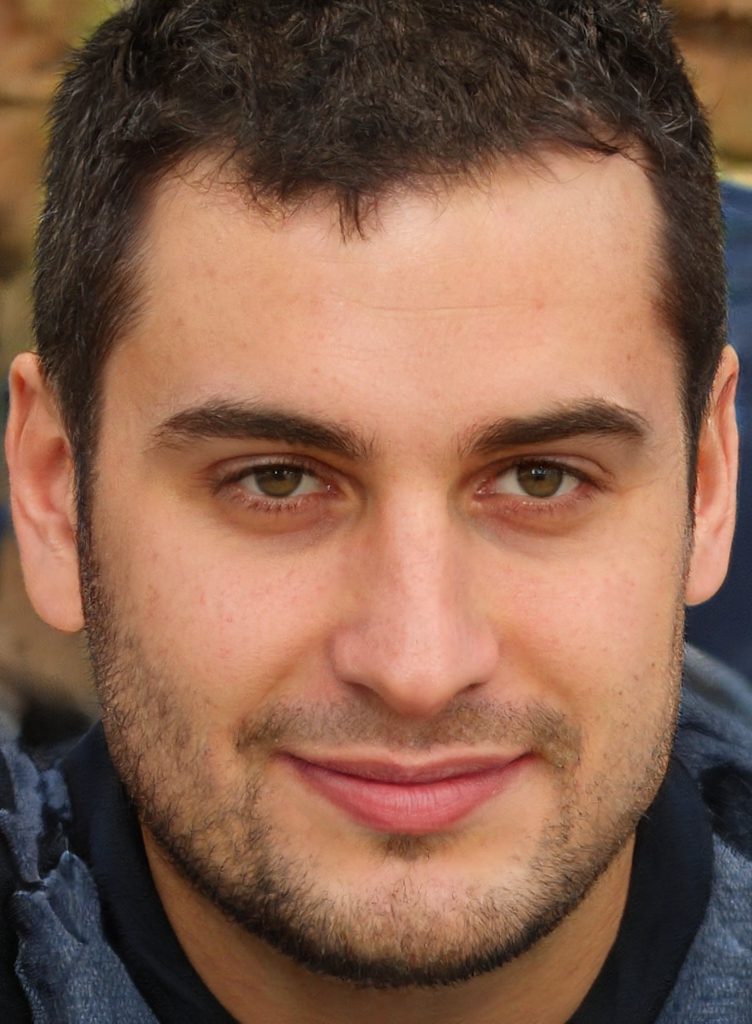Everyone is affected in some way by war, regardless of their disability. Anthony Doerr covers this subject in All The Light That We Cannot Se. The novel is about Marie-Laure Leblanc who lost her sight at age six. She quickly adapts to her new life in Saint-Malo after fleeing Paris with her father, Monsieur Leblanc. Her cane and the model town her father carved for her help her. Doerr shows through Marie-Laure’s words, thoughts, actions that tragedies can’t stop a person from living their life.
Doerr describes that Marie-Laure’s feelings about safety are not altered by the tragic war. Her father rushes to her home and informs her that she must leave via train. Marie-Laure appears to be scared as she asks a question at the station. She then asks her father “And there are armies?” To which he replies “There is no army, Marie.” Doerr explains that his hand touches hers. Her anxiety begins to ease. Rain drips down from the downspout. Marie-Laure, who is watching the tragedy in Paris, fears the German army arriving before they board the train. Her father reassures his daughter that there aren’t any armies. She is then allowed to relax as he continues to hold and comfort her. Marie-Laure’s fears are not a factor that she can control despite the fighting in Paris. Marie-Laure, despite her ongoing tragedies, learns to live the life that she wants despite some disabilities.
How a person thinks about a situation can have varying effects. Marie-Laure is determined to live the life that she wants despite her loss of vision. Her imagination allows her to’see’ the world and replaces her eyesight. Marie-Laure’s braille books are given to her for her nineth birthday. She reads the book, thinking about its intriguing plot and charming characters. Marie imagines Jules Verne characters strolling along streets and chatting with people in shops as she reads. A miniature girl is sitting across the room, holding a book, while something enormous pulses inside her chest. Marie-Laure is inspired by the characters as she begins reading. She can visualize the book using her imaginative mind. Her ambition is for her to use her imaginative creativity to better understand the world. She wants to use her imagination in the same way as Phileas Folg, the character from the novel who does the same. Marie-Laure can imagine a life even though she is blind. Losing her eyesight has not changed the way she lives.
Marie-Laure’s actions reinforce Anthony Doerr’s idea that tragedies can’t stop a person from living their life. Marie-Laure does not let her survival instincts fail. She uses her navigational skills to find safety even though she cannot see. Marie-Laure yells at herself, “Six to stairwell, eight curving stairs down, and eight paces into the bathroom on the third floor.” She gets up, leaves the house, and descends to her cellar. Marie-Laure is able to navigate down to the basement without being disoriented. Marie-Laure is determined to keep her abilities the same as someone with eyesight, despite her blindness.
Anthony Doerr uses these characters to communicate the theme that tragedies do not change an individual’s life style, no matter how personal or national they may be. Doerr reveals the theme by using Marie-Laure’s speech, thoughts, actions, and other attributes. Marie-Laure encounters many tragedies during her lifetime, including war in the hometown and her blindness. Despite these tragedies, Marie-Laure Leblanc continues to live her life. Her struggles proved that tragedies don’t stop people from being normal.
